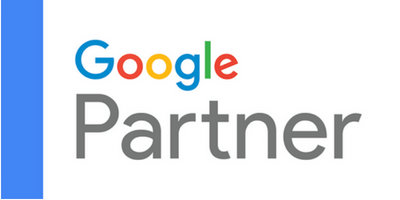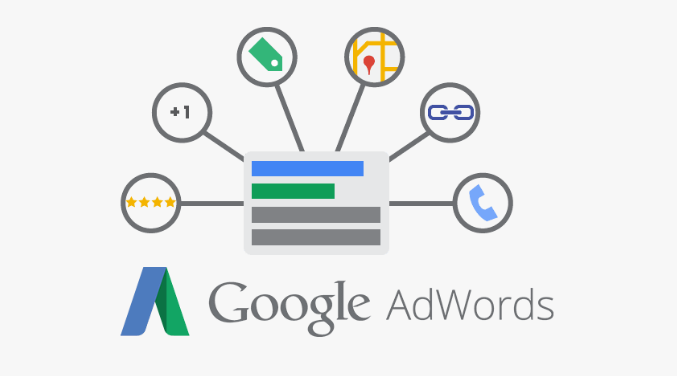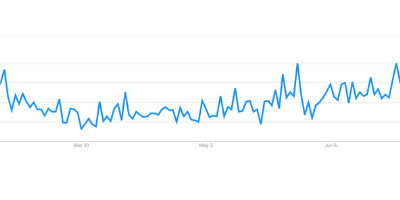This month, Google updated its policy requirements for call-only ad format with the following changes:

For example, generic or location-based business names like “Mountain View Plumbers” or “Taxi NYC” would be unacceptable in ads for service providers who actually go by a different business name.
When answering calls from users who’ve clicked on their call-only ad, advertisers must begin the call by stating their business name, as it appears in their call-only ads.
In short, if you’re running call-only ads then you cannot misrepresent your business name. There are, however, a few exceptions:
- Your domain name: if your domain name is chicagoaesthetics.com you can reference “Chicago Aesthetics” that in your ad, just use the appropriate spacing
- You’re an authorized reseller or dealer: a car dealer, for example, can say “Audi of St. Louis”
- You’re a service provider that actually goes by the business name “Mountain View Plumbers.”
The Benefits of Call-Only Ads
There are some clear advantages to using call-only ads, such as your ad being placed at the very top of paid search results. You’re also forcing an action, a call, and every action is potentially a lead (vs. a click to a landing page where many won’t actually convert). You’re effectively cutting out the bounces because the prospect never actually visits your website.
One clear winner with call-only ads is the business that doesn’t have a good website, or a mobile-friendly website. That said, by driving people to call as opposed to taking them to your website you’re neglecting a bigger issue.
For some service-based businesses, such as restaurants, auto shops, and home services, call-only makes sense.
The Downside of Call-Only Ads
The biggest downside of call-only ads is that it technically isn’t a one-step process. When you “tap to call” you don’t actually dial the number. Instead, you’re taken to an intermediate window that verifies if you’d like to continue. You pay for these clicks even if the searcher abandons the call before actually placing it.
You also cannot edit call-only ads in Google Ads Editor so the process of setting these up is arduous. Once you get them configured, I recommend you use a 3rd party call tracking provider, such as Phone Tag. Google’s forwarding number has many limitations, including no ability to tie a name to a call at a certain day or time.
Lastly, for aesthetic practices, the patient buying cycle is different than most other businesses. Many patients don’t want to call right away, in part because many do a lot of research before even contacting a practice. This research may be done at work, so the prospect doesn’t want to call while they’re working. They also often feel more comfortable submitting their information.
Call-in Leads vs. Web Form Submission Leads
The common misconception is that a web lead, via a form submission, is weaker than a phone call lead. That makes sense, in theory, but I’ll explain why a web lead is often stronger than a phone call lead. A phone call…
- could happen after hours or while your receptionist is on a break or lunch (or on another call), so they get your voicemail
- gives you no context on what the prospect is interested in so they take control of the conversation
- does not give you the patient’s email address
A strong sales person fielding phone calls can overcome some of these concerns, but not all. The key here is how you position your web forms and the information you gather. Don’t use the call to action “Ask a Question.” Instead, shift the focus to the consultation. You also want to gather the prospect’s name, phone number, and email address, at a minimum.
Consider utilizing “smart forms” that allow you to gather even more information that is asked on the thank you page. Gather information such as the age range of the prospect, gender of the prospect, when the prospect would like the procedure performed, which procedures they’re interested, and how/when they’d like to be contacted. This not only gives your team more detail to speak to exactly what the prospects wants when you call them back, but your questions also pre-qualify the prospect and get them in the right mindset for a consultation.
Lastly, I recommend you also use hidden fields to track UTM data. This means you can track the landing page the prospect first went to, the source/medium they came from, and the page they converted on. This way, even if they don’t submit any additional information that I’ve referenced above, you know a little more about them than just their name and number.
Do You Want to Boost Your Visibility, Traffic, and Leads? Considering Running Ads and Don’t Know Where to Start?
We can help! Many TRBO clients, including dermatology, med spa, and plastic surgery centers have been seeing great results with Google Ads, among other mediums. You can read more about Google Ads here.
If you’d like to learn more about generating more leads for your aesthetic practice then give us a ring at 877-673-7096 x2. You can also shoot us a note by filling out the form here.










